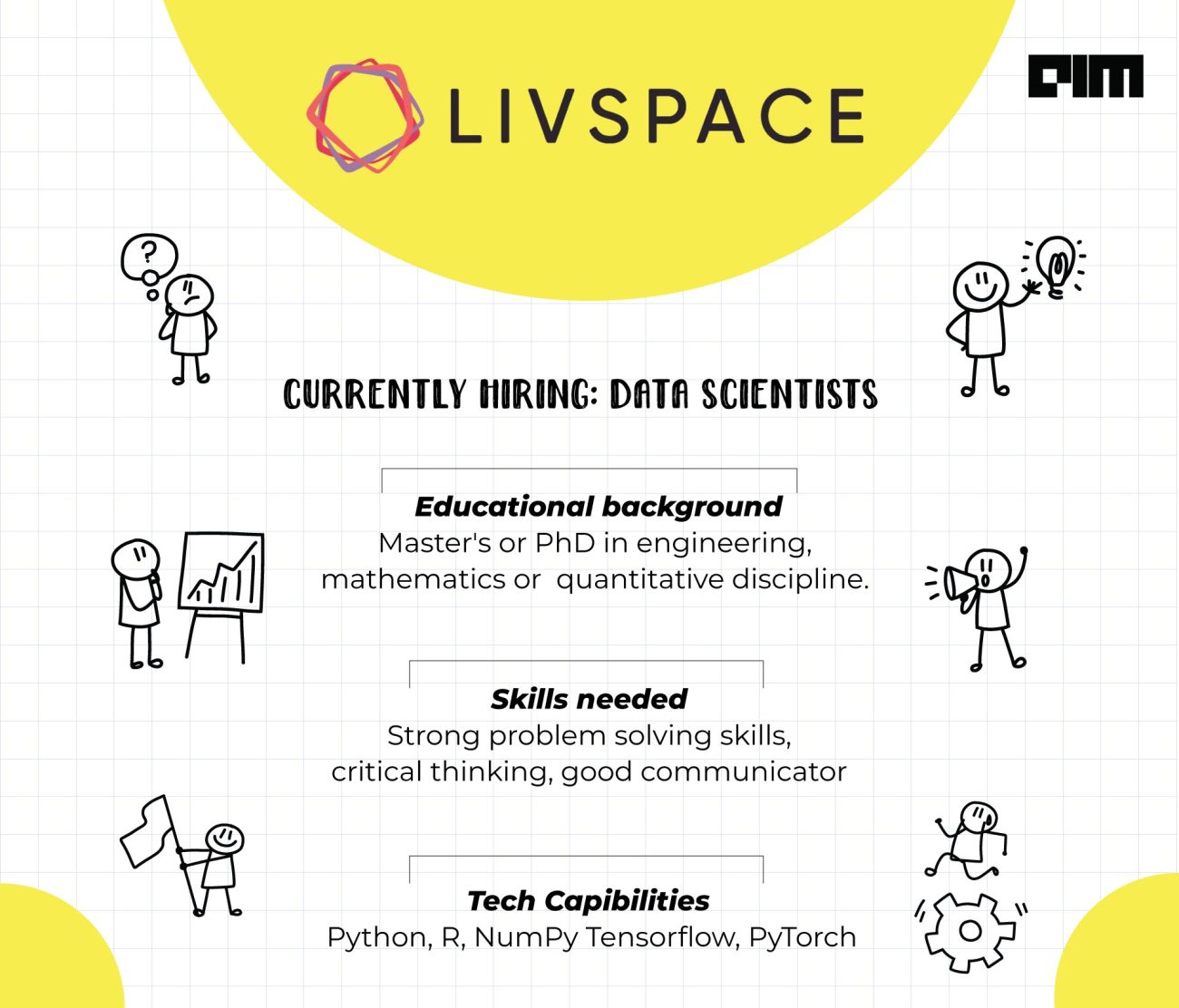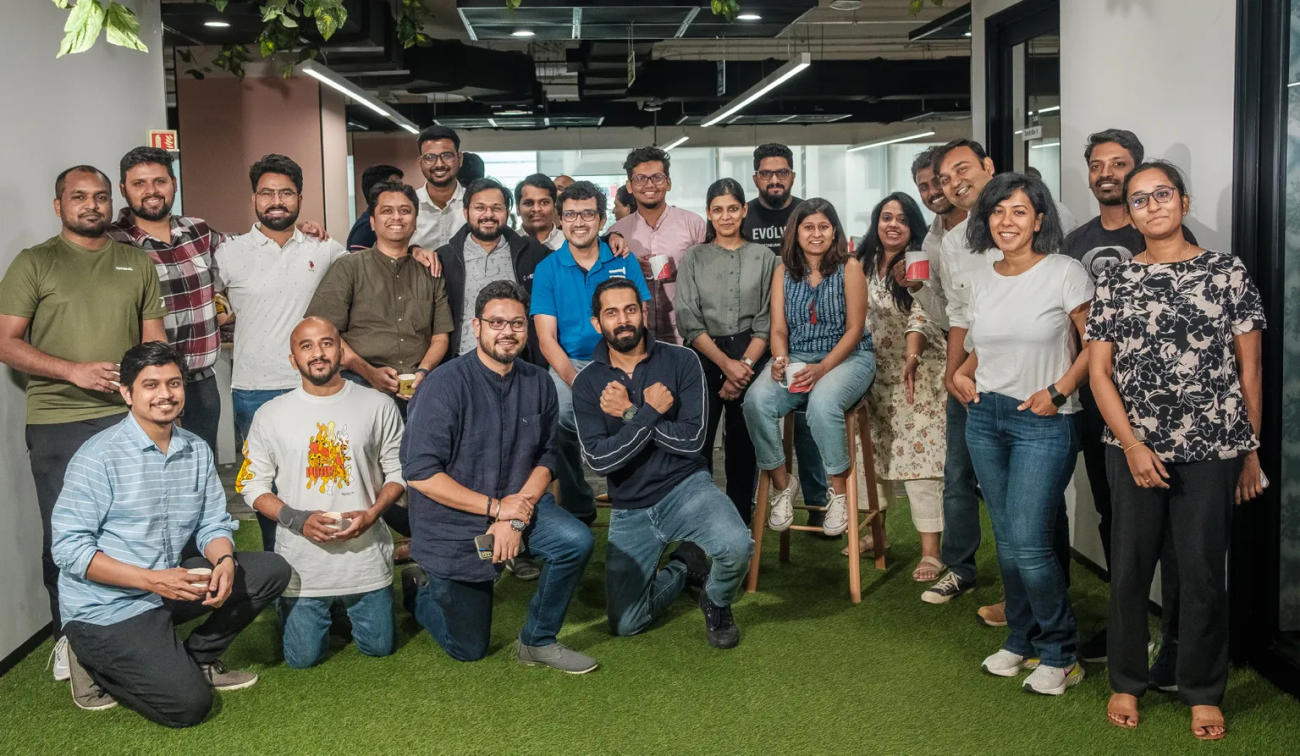|
Listen to this story
|
Founded in 2014 by Anuj Srivastava and Ramakant Sharma, Livspace has become a popular name in the interior design space.
Backed by Goldman Sachs, IKEA, Jungle Ventures, Bessemer Ventures, Helion Venture Partners, among others, the unicorn is spread across multiple cities in India and Singapore.
Livspace is a platform that facilitates home renovation by connecting interior designers, vendors, and homeowners. Customers can choose from a vast selection of home interior designs that match their preferences and tastes. Livspace’s design professionals assist customers in finalising their design choices. Additionally, Livspace offers complete project management services, including site inspections, installation, and post-installation support. With partnerships with over 20,000 suppliers and vendors, Livspace provides a broad range of products to its customers.
In 2016, the company introduced ‘Canvas’, a design-to-installation platform that revolutionised the interior design industry by providing a unique experience for homeowners while also enhancing efficiency for interior designers.
AIM got in touch with Abhishek Kasina, chief product officer at Livspace to know more about their AI and analytics play. The IIT-Kanpur and London Business School alumni has led the conceptualisation and development of the core technology platform. He currently leads the evolution of the global product portfolio.
Read more: Data Science Hiring Process at McAfee
In Expansion Mode
The data science team is in charge of creating image-processing models that assist Livspace designers in producing cutting-edge homes for their clients.
At present, the company has a few open positions for data scientists with more than four years of experience. The job location is Bengaluru, Karnataka, but the working arrangement will be hybrid.

Inside Livspace’s Tech Team
With a bandwidth of around 150 employees, Livspace’s engineering team is broken down into specific product and business areas.
“Instead of just integrating AI because it exists, we evaluate whether it makes sense to leverage it to provide a better experience for consumers,” said Kasina. He further emphasised the importance of starting with a problem statement rather than starting with a tool and evaluating everything holistically to find the best way to reach a solution.

The company focuses on democratising data and making more data-driven decisions. They have a team dedicated to this task, consisting of three sub-teams: data science, product analytics, and business analytics.
The data science team aggregates data from various platforms, converts it into consumable datasets, and makes it available for use by the remaining two teams. The product analytics team works closely to identify opportunities for improving the platform, while the business analytics team works with sales and other functions to improve the company’s performance.
Despite the challenges due to the complexity of the transaction of home interiors, the team’s collective efforts have led to a healthy combination of leveraging innovative technology such as AI, business process updates, and data-driven projects in their product roadmap.
Livspace hosts most of its data on AWS and uses Amazon‘s QuickSight analytics platform to create dashboards. The data science team works on accessing and transforming raw data using Python libraries such as NumPy and SciPy. However, for larger datasets, they are leveraging more structured frameworks such as TensorFlow along with PyTorch for tasks such as classifying designs and tagging them for easy access.
The Interview Process
When evaluating a candidate for a position, their assessment will be tailored to the specific role they are seeking. In the initial rounds, the emphasis will be on assessing their fundamental technical skills and their proficiency in problem-solving. In the subsequent stages, the focus will shift to assessing how they can apply these skills to address practical business issues. Being able to work effectively with data and utilise the appropriate tools is essential, even if the candidate lacks fluency in a specific programming language. Ultimately, it’s crucial for candidates to be able to translate business context into actionable insights.
“When we look to hire for our technology team, we try to understand if the candidate is a first principles thinker and a problem solver”, said Kasina, while explaining what traits he seeks in a candidate during interviews.
To begin with, applicants need to be comfortable with data and numbers. They need to understand the core framework and depending upon the task, the company will upskill them. It does not matter which educational institution the candidate is from or how many years of work experience they have, or any such detail for that matter as long as they are a problem-solver and critical thinker with an eye for detail. Being comfortable with the tech tools that Livspace uses is favourable but not mandatory.
Dos and Don’ts
Kasina said that he has noticed that during interviews, people often rush to provide quick solutions, thinking it will benefit them.
However, it is recommended that candidates take time to ask follow-up questions to understand the problem they are solving and why they are solving it. If a candidate cannot articulate their question and spend time sharpening the problem, it is unlikely to happen in a real-world scenario.
Therefore, candidates must have the intuition to investigate the problem further, even challenging the relevance of the question at times. It is crucial not to jump into providing an answer without fully understanding the problem because incomplete information may lead to ineffective solutions.
Expectations
Hiring is a two-way street and it starts with clearly understanding the candidate’s expectations for the next two to five years and how the company can assist in fulfilling them.
“Everybody comes with a different set of motivations, but it’s very, very important that we as a company are able to satisfy the aspirations of those candidates for joining us,” said Kasina, highlighting the importance of valuing candidates’ goals.
As an employee, the company expects the candidates to take complete ownership and accountability of their work, while providing them with a high degree of autonomy. Ownership and accountability should be balanced with autonomy to deliver high impact results. Livspace focuses on eliminating the fear of failure as long as there is learning gleaned from them.
Work Culture
Kasina mentioned that they have been fortunate enough to evolve their work culture in the right direction over the last few years, while simultaneously adapting to the changes that come with expansion such as different cultural nuances across geographies.
The company offers competitive cash compensation based on the role of the candidate. Additionally, they provide an ESOP programme and benefits like health insurance, maternity and paternity leave, sabbatical, bereavement leave, flexible work hours, crèche facilities and more.
Livspace believes in open communication among its employees. Kasina further said, “We have an organisational hierarchy for personalised attention and feedback, but it shouldn’t hold people back or limit access. We are an extremely accessible organisation that starts all the way from our founders.”
There are frequent AMAs between the team lead and the members on a monthly basis besides open calendar hours, guest sessions, learning platforms for employee growth and so on.
“The kind of freedom that we give people to grow and learn and understand themselves and apply that at work is very unique to Livspace. So, if people come here, they can expect to be challenged but they can come through on those challenges as well,” said Nafeesa Tasneem, head of corporate communications, Livspace.
Work culture is beyond what is mentioned on documents or the website. Livspace believes that shaping the culture of an organisation is an ongoing process and the importance of a positive work culture has been a cornerstone since the company’s inception.
Check out their careers page here.





















